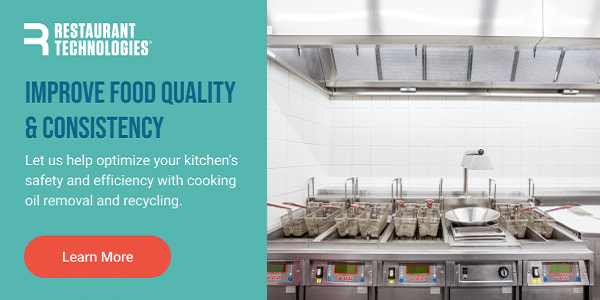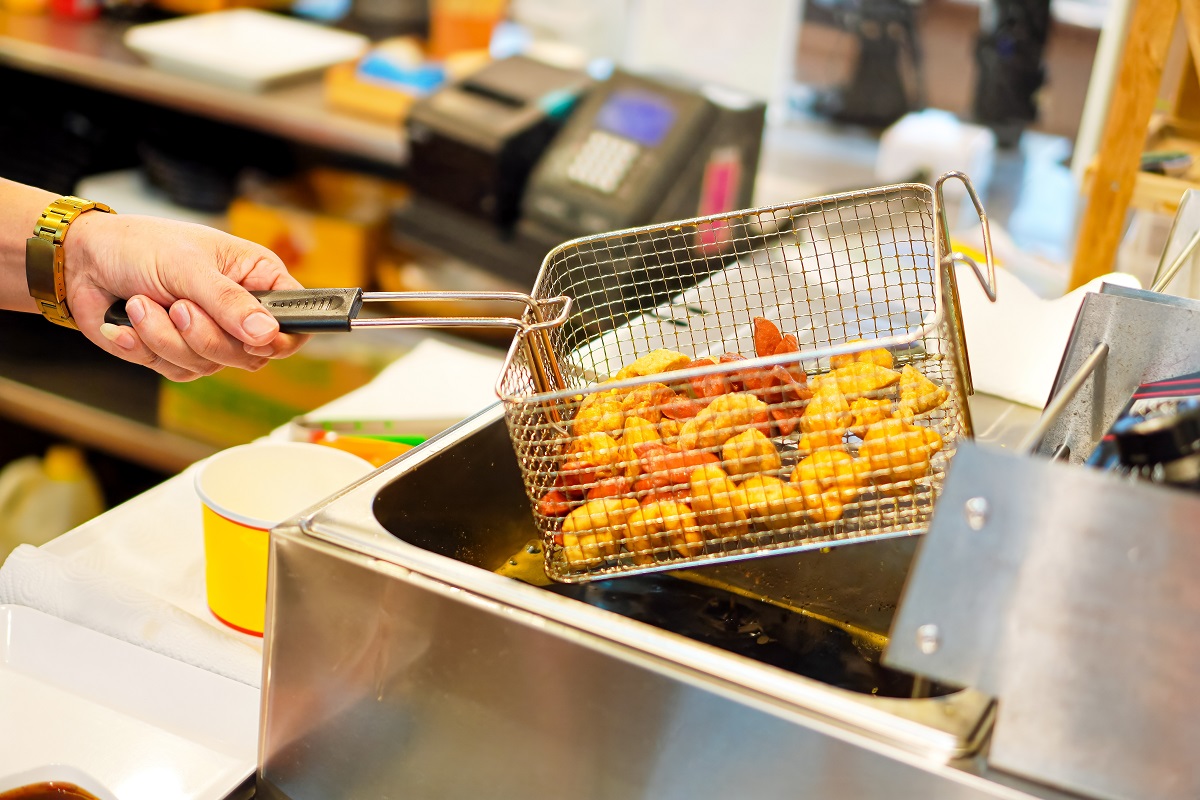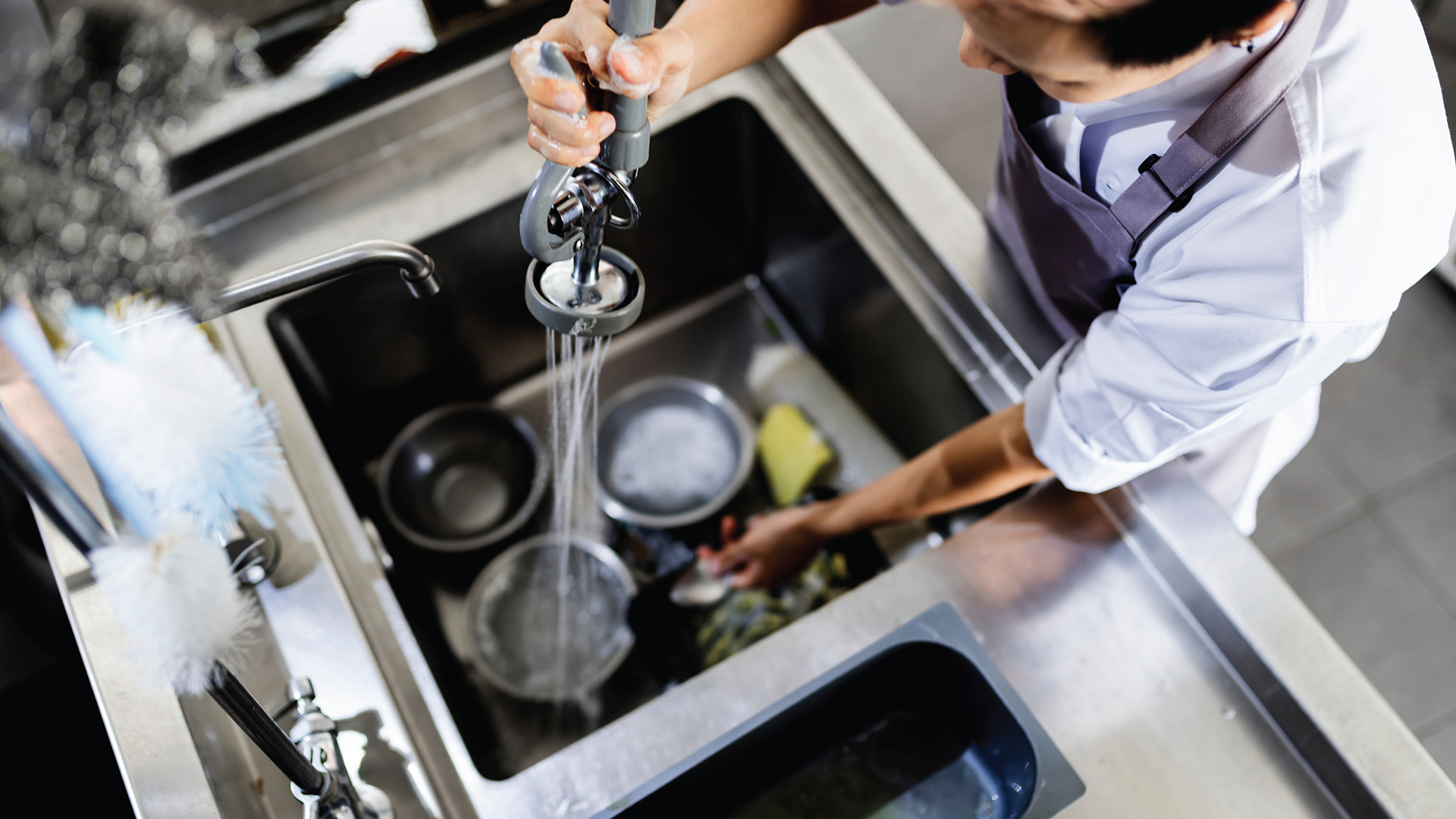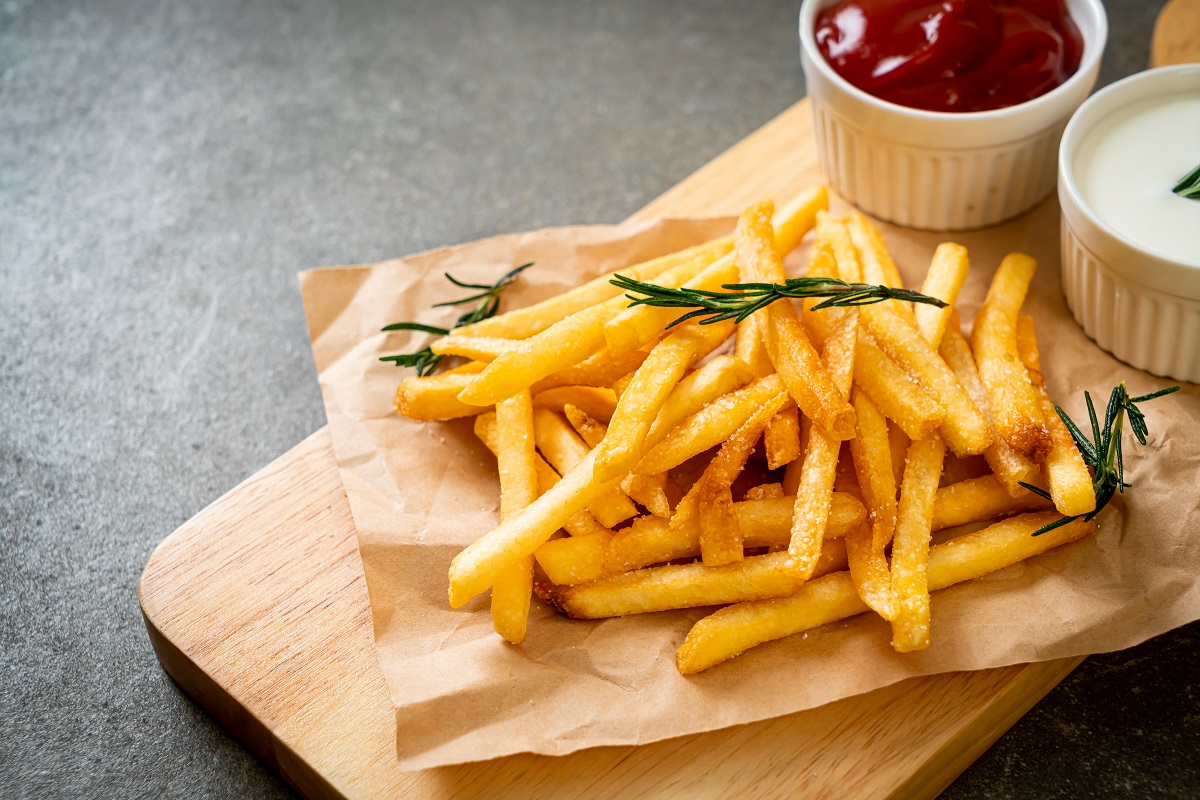In the fast-paced world of restaurants, the kitchen is the engine that drives guest satisfaction and profitability. But hidden inefficiencies like manual processes, wasted resources, and inconsistent practices, can silently erode your bottom line. For franchise owners and operations managers, understanding these costs is critical to staying competitive. Everyday kitchen inefficiencies add up. This article breaks down how they impact your profit and loss (P&L), and what you can do to fix them, from oil usage to inventory tracking.
Common Kitchen Inefficiencies Draining Your P&L
Small oversights in the back of house can lead to big losses over time. Here’s how common inefficiencies can hit your financials:
- Manual Oil Management: Manual fryer filtration can lead to significant oil waste due to inconsistent practices, impacting operational costs. It also pulls staff from guest-facing tasks, slowing service during peak hours. Worse, carrying hot oil risks slips and burns, with OSHA noting that falls, trips, and slips can potentially cost employers between $2.3 billion and $9.99 billion per year.1
- Over-Portioning and Food Waste: Inconsistent portion control inflates food costs. For example, using a 4-oz. protein portion instead of 3 oz. on a salad can increase costs significantly, per culinary insights.2 Excess ingredients often end up as waste, with restaurants losing 4–10% of inventory to spoilage or over-preparation, impacting P&L margins.3
- Inefficient Inventory Practices: Without precise tracking, overstocking or understocking ingredients disrupts operations. Overstocking ties up capital and leads to waste, while stockouts force last-minute purchases at premium prices. Poor inventory practices can cause up to 5% excess food cost, per operator reports.
- Labor Downtime: Manual tasks like oil filtration or excessive prep due to poor planning create downtime. In a fast-casual setting, a cook spending 15 minutes draining a fryer during a rush delays orders, can be frustrating for guests and reduces throughput. High labor turnover, often caused by repetitive or unsafe tasks, can lead to significant costs and productivity losses with each employee who leaves, according to industry estimates.
- Equipment Maintenance Neglect: Skipping regular fryer maintenance due to time constraints accelerates wear, with replacement costs ranging from $5,000–$15,000 per unit. Poorly maintained oil can also degrade food quality, leading to customer complaints and lost loyalty.
Stat: Inefficient kitchen practices can increase food costs by 5–10%, cutting already tight margins of 6–9% in fast-casual restaurants, per industry data.5

How Inefficiencies Show Up in Your P&L
Your P&L tells the story of these inefficiencies through key line items:
- Cost of Goods Sold (COGS): Oil waste and over-portioning can inflate food costs, pushing COGS above the ideal 28–35% of revenue.4 For example, a restaurant with $1M in annual sales, a 5% increase in food cost means $50,000 in lost profit, per operator reports.
- Labor Costs: Downtime and turnover can contribute to rising labor costs, which may account for a sizable portion of revenue. By streamlining processes, businesses have the potential to improve labor efficiency, reduce overtime hours, and ease the burden of ongoing training.
- Operating Expenses: Safety incidents and equipment issues can lead to increased overhead through unexpected repairs or higher insurance premiums. Implementing automated systems can help reduce maintenance needs and potentially extend the life of kitchen equipment like fryers.
- Revenue Loss: Slow service and inconsistent food quality can reduce guest satisfaction, impacting repeat business and online reviews. Even a small dip in customer retention, such as 1%, could lead to meaningful revenue loss over time, according to industry insights.
For multi-unit operators, these challenges can quickly multiply, making centralized solutions like automation a powerful lever for improving efficiency and protecting margins.
Solutions to Boost Efficiency
Addressing inefficiencies requires smart strategies and modern tools. Here’s how to optimize your kitchen:
1. Automate Oil Management
Automated oil systems are a key part of modern food technology, helping streamline filtration and disposal, reduce waste, and eliminate the safety risks that come from manual oil handling. These systems can help free up staff to focus on more guest-facing tasks, improving overall labor efficiency. Real-time monitoring helps ensure consistent oil quality, enhance food taste and guest satisfaction, while minimizing safety risks.
2. Implement Portion Control
Train staff on precise portioning and use tools like kitchen scales or pre-portioned ingredients to maintain consistency. Even adjusting portion sizes slightly, like reducing cheese on a burger from 0.75 oz. to 0.5 oz., can help save thousands annually without compromising quality, per culinary consulting insights.
3. Optimize Inventory with Technology
Inventory management systems are another valuable form of food safety technology. These tools track usage and maintain par levels to help prevent spoilage that could impact overall food safety. Detailed consumption reports can also reveal patterns of waste and overstocking, supporting smarter purchasing decisions that help lower food costs and increase profits. Real-time data also improves forecasting accuracy, reducing the risk of stockouts and ensuring smoother operations.
4. Streamline Workflows
Redesign kitchen processes to help minimize downtime. For example, schedule oil filtration during off-peak hours to avoid service interruptions, or implement digital kitchen display systems to streamline communication between front and back of house to help reduce order delays and keep service running smoothly.
5. Prioritize Maintenance
Establish regular maintenance checks for oil fryers and other kitchen equipment to catch issues early and avoid costly repairs. Proactive upkeep helps extend equipment lifespan, preserve food quality, and minimize unexpected downtime.
Real-World Wins
Operators who tackle inefficiencies see measurable results:
- A multi-location breakfast chain improved workplace safety and reduced liability claims by adopting an automated oil system, resulting in fewer accidents and more consistent operational standards.
- Source: RT Case Study
- One national fried chicken brand reduced oil-related injuries and enhanced staff morale after implementing an automated oil management system, reducing manual handling and improving back-of-house workflow.
- Source: RT KFC Case Study
- A national quick-service restaurant chain leveraged RTIconnect and the TOM portal to gain real-time visibility into inventory and labor operations, driving measurable improvements in food cost control, labor efficiency, and operational consistency
- Source: RT Burger King Case Study
These operational improvements helped contribute to healthier P&Ls, safer work environments, and better guest experiences. See our full Case Studies here.
Take Control of Your Kitchen’s Efficiency
Ready to uncover inefficiencies in your operation? Start with these steps:
- Review your P&L for spikes in food, labor, or operating costs
- Audit oil usage and waste to identify savings opportunities
- Assess staff workflows for downtime or safety risks
Want to dig deeper? Explore these resources:
- View real-world success stories of operators cutting costs with automation: view case studies.
- Read our insightful blog posts for ongoing strategies to boost profitability: learn more
By addressing everyday inefficiencies, you can potentially build a more profitable and efficient kitchen. Contact Restaurant Technologies to learn how to get started today!
Sources:
- EHS Daily Advisor. Back To Basics: The Costs of Slip, Trip, and Fall Hazards. https://ehsdailyadvisor.com/2024/12/back-to-basics-the-costs-of-slip-trip-and-fall-hazards/
- Restaurant 365. How to Calculate Portion Size in Restaurant Food Costing. https://www.restaurant365.com/blog/how-to-calculate-portion-size/
- Crunchtime. 6 Factors That Shrink Profit Margine in Restaurant and How to Minimize. https://www.crunchtime.com/blog/6-factors-that-shrink-profit-margins-in-restaurants-and-how-to-minimize-them
- Restaurant 365. How To Manage Food Costs in Restaurants. https://www.restaurant365.com/blog/food-cost-guide/
Business Plan Templates. (n.d.). Fast Casual Restaurant Business Plan. https://businessplan-templates.com/products/fast-casual-restaurant - Restaurant Technologies, Inc. “Multi-Customer Case Study.” Restaurant Technologies, https://www.rti-inc.com/multi-customer-case-study/
- Restaurant Technologies, Inc. “KFC Cooking Oil Case Study.” Restaurant Technologies, https://www.rti-inc.com/kfc-case-study/
- Hospitality Technology. “36-Unit Arby’s Franchisee Taps RTI to Offset Rising Food, Labor Costs.” Hospitality Technology, 16 Aug. 2011, https://hospitalitytech.com/36-unit-arbys-franchisee-taps-rti-offset-rising-food-labor-costs







